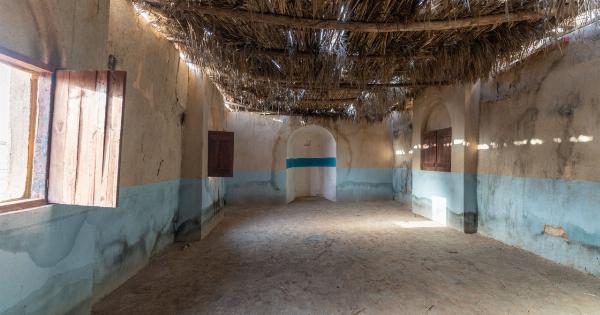Cancer is one of the most deadly diseases that affect millions of people worldwide. It has been listed as the second leading cause of death globally, with millions of new cases reported every year.
The International Agency for Research on Cancer (IARC) has revealed in its latest report that the burden of cancer is unevenly distributed across countries and regions.
What is the IARC Report?
The IARC is an intergovernmental agency under the World Health Organization, which is responsible for the coordination and conduct of research to identify the causes of cancer.
The IARC Report provides an overview of the current burden of cancer globally, including cancer incidence, mortality, and its impact on overall health.
Key Findings of the IARC Report
The IARC Report highlights some significant findings about the current status of cancer globally:.
Cancer incidence and mortality
The report found that cancer incidence and mortality are rising globally, with around 19.3 million new cancer cases and 10 million cancer deaths reported in 2020.
Developed countries have the highest incidence of cancer; however, the mortality is higher in developing countries due to a lack of access to healthcare facilities and expensive treatments.
Cancer types
The IARC Report also reveals that lung, breast, and colorectal cancer are the most common types of cancer worldwide. Other prevalent cancers include prostate, stomach, liver, cervical, and esophageal cancer.
Cancer risk factors
The risk factors for cancer include tobacco use, unhealthy eating habits, obesity, lack of physical activity, and exposure to harmful chemicals and environmental pollution.
The IARC Report emphasized that adopting healthy lifestyle habits, including a healthy diet, quitting smoking, and regular physical activity, can significantly decrease the risk of cancer.
Cancer prevention and control
The IARC Report highlights the importance of cancer prevention and control, which involves early detection, diagnosis, and screening of cancer.
It also emphasizes the need for effective cancer treatment, affordable and accessible cancer care services, and palliative care services for cancer patients to improve the quality of life.
The Unequal Burden of Cancer
The IARC Report has revealed that the burden of cancer is not the same across countries and regions.
The report found that low- and middle-income countries are disproportionately affected by cancer due to a lack of access to healthcare and ineffective cancer prevention and control measures.
Moreover, the burden of cancer is also unequally distributed among various groups within countries, including the poor, marginalized, and vulnerable populations.
These groups are more vulnerable to cancer due to a lack of access to healthcare, poor living conditions, and exposure to environmental pollution and harmful substances.
Furthermore, cancer burden is also affected by gender, age, and socio-economic status. Women in low-income countries are more likely to suffer from cervical and breast cancer due to a lack of access to screening and early detection services.
Older people are also at a higher risk of getting cancer than young people.
The Way Forward
The IARC Report calls for urgent action to address the unequal burden of cancer across countries and regions and among various groups. It emphasizes the need for investment in cancer prevention and control measures in low- and middle-income countries.
It also calls for the development of accessible and affordable cancer care services, including palliative care services, for all cancer patients.
Moreover, the report stresses the importance of adopting healthy lifestyle habits, including a healthy diet, quitting tobacco use, and regular physical activity, to decrease the risk of cancer.
Conclusion
The IARC Report highlights the huge burden of cancer globally, which is unequally distributed across countries, regions, and groups.
It emphasizes the urgent need for investment in cancer prevention and control measures in low- and middle-income countries. It also stresses the importance of adopting healthy lifestyle habits to decrease the risk of cancer.
Cancer prevention and control measures, including the development of affordable and accessible cancer care services, are critical to reducing the burden of cancer and improving the overall health and well-being of the population.





























